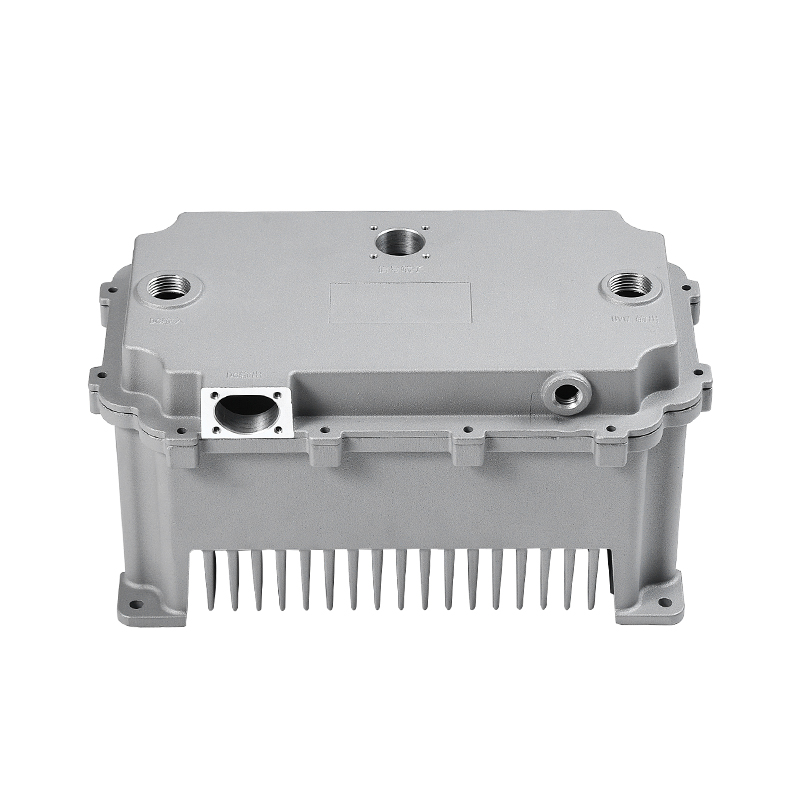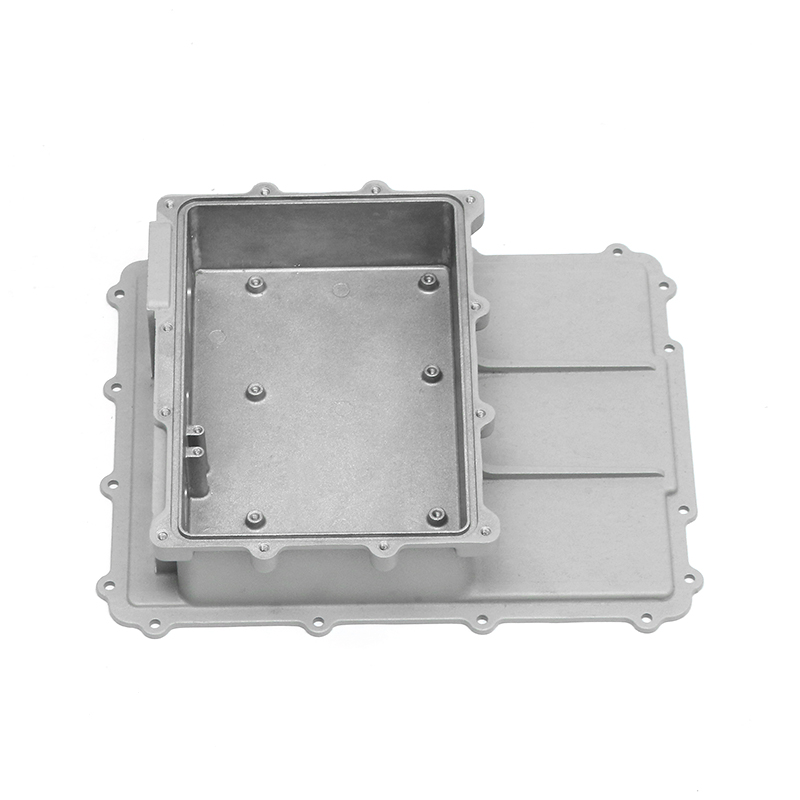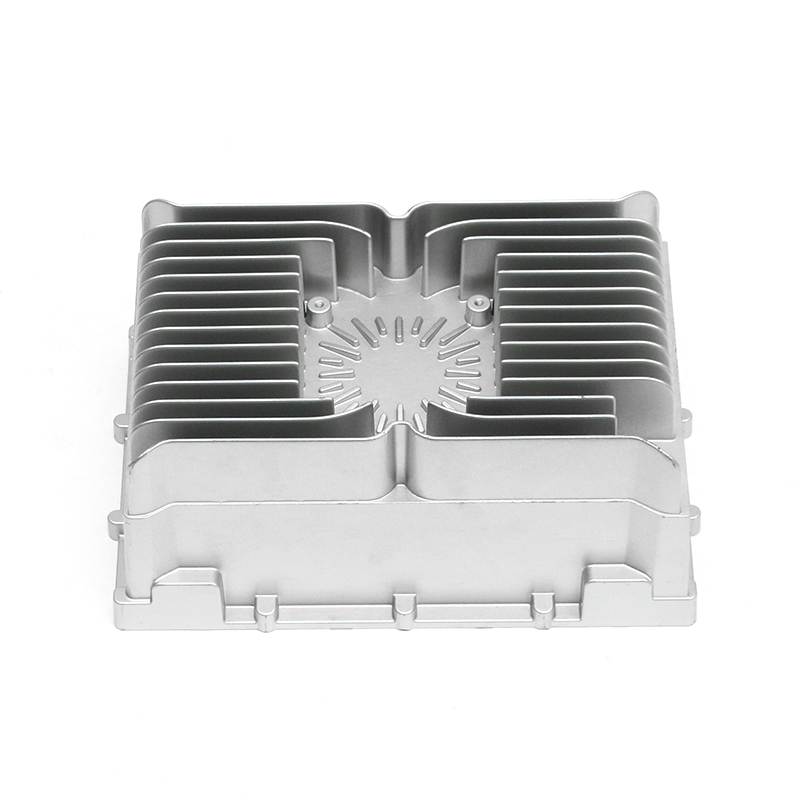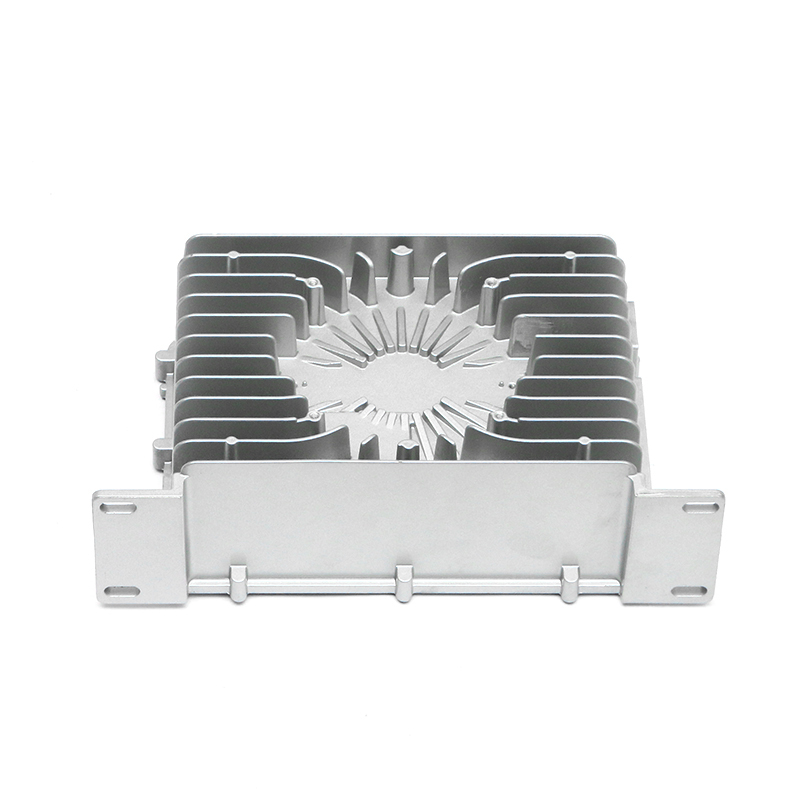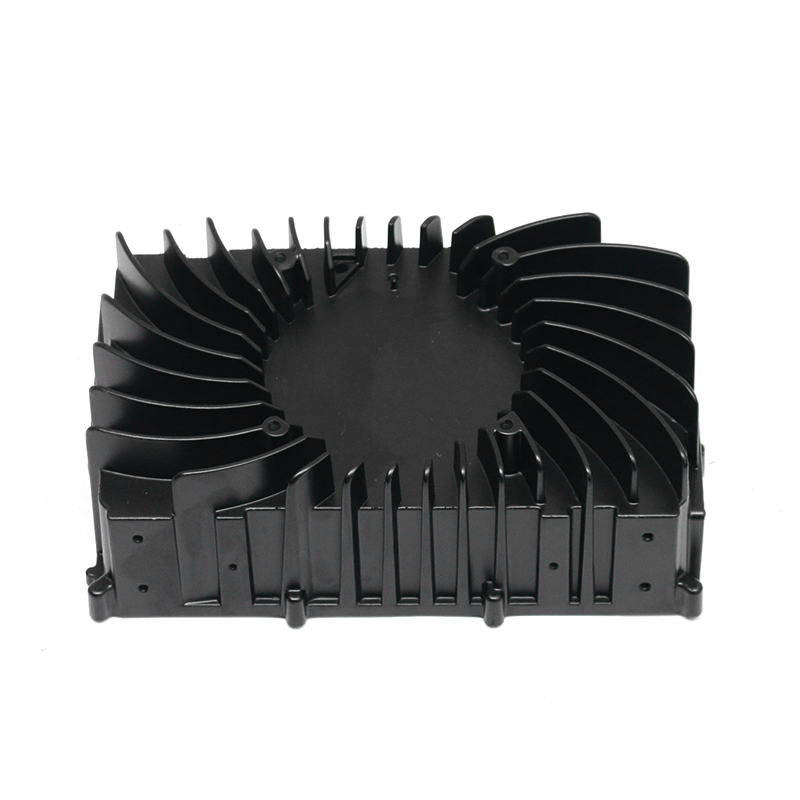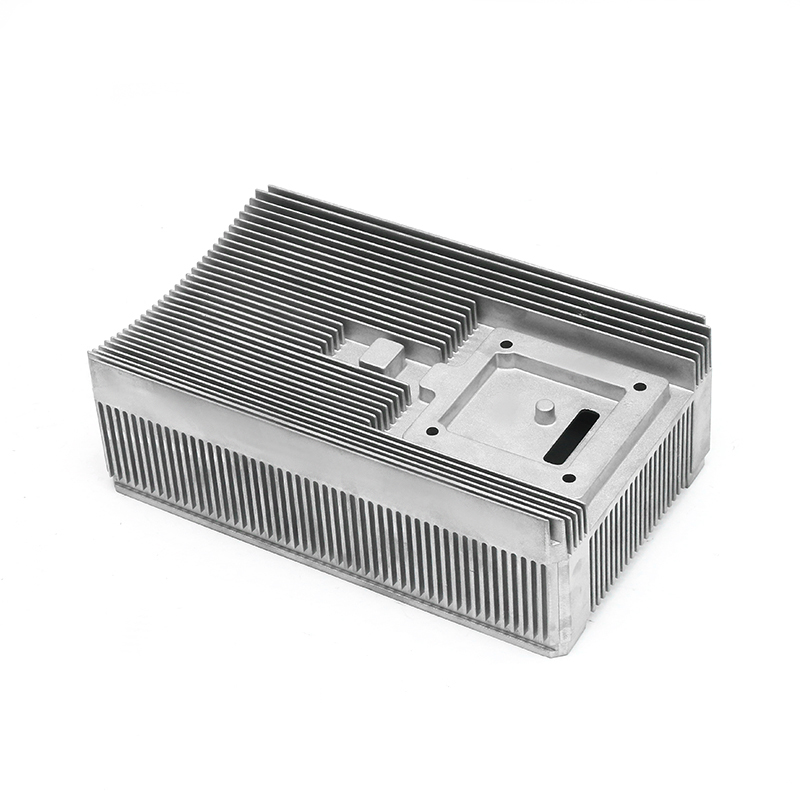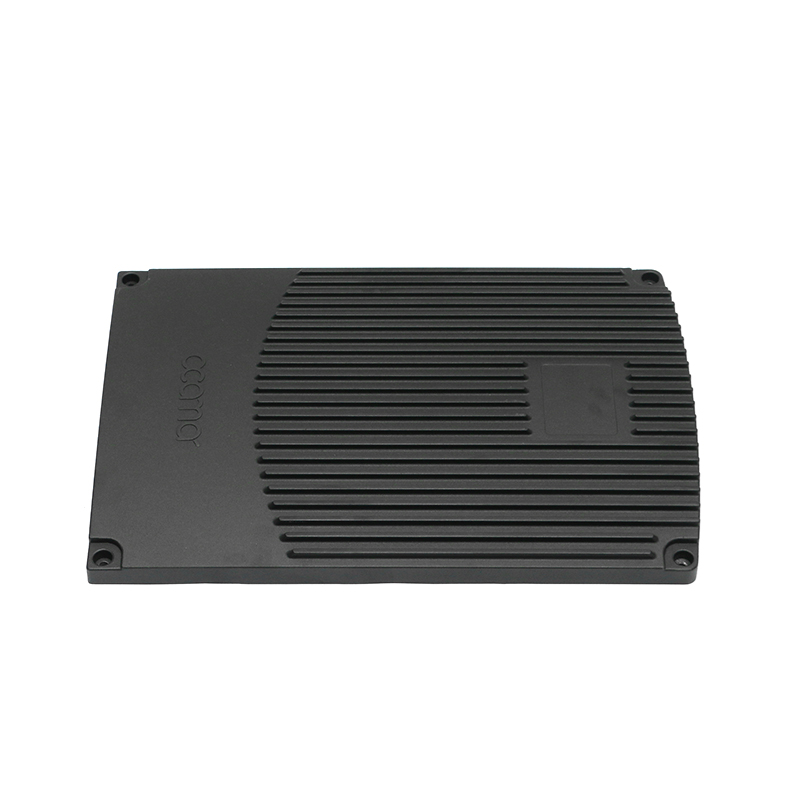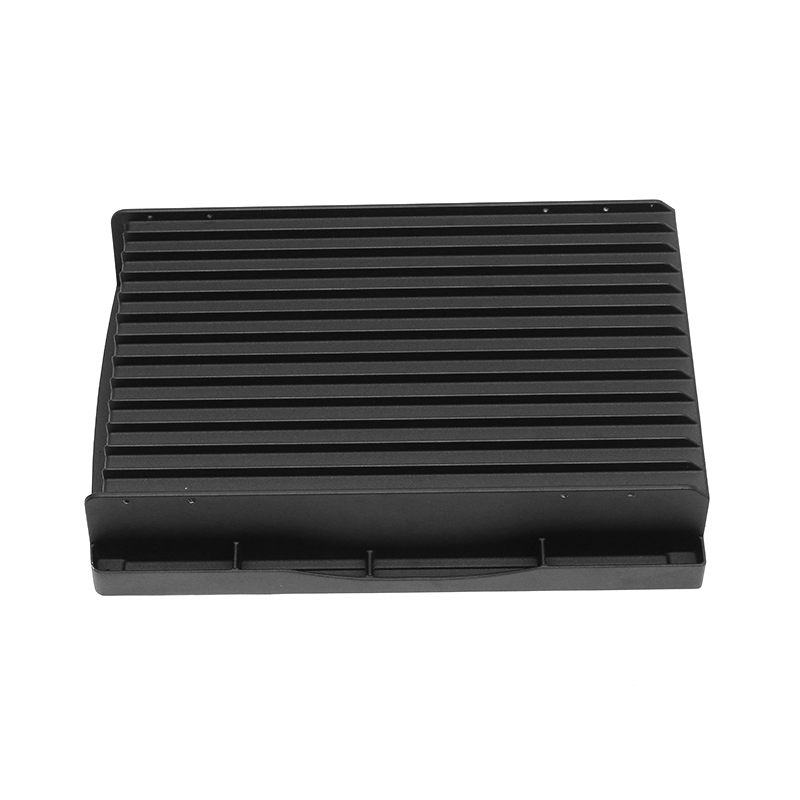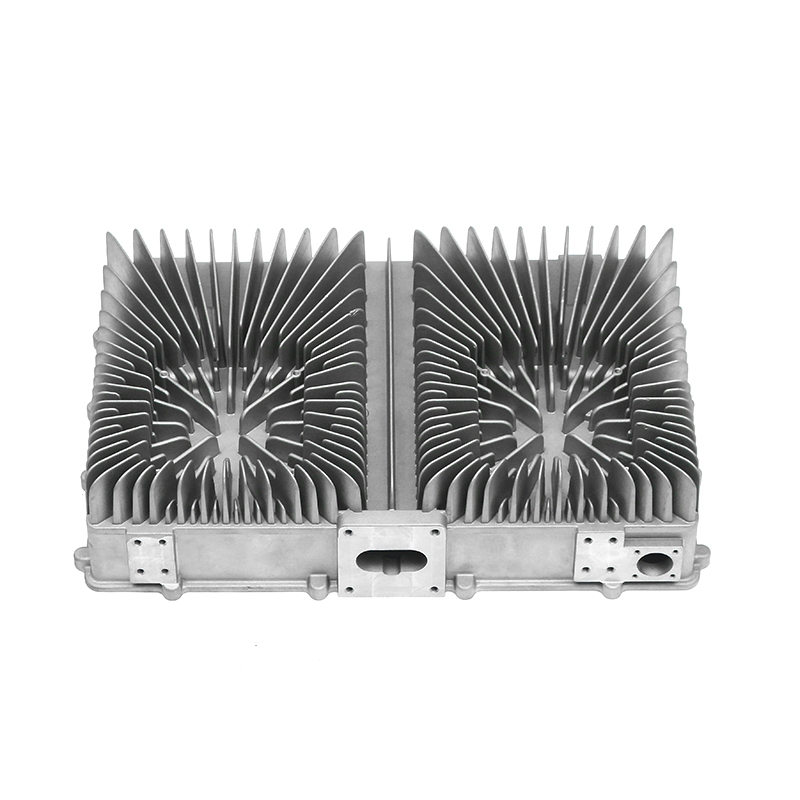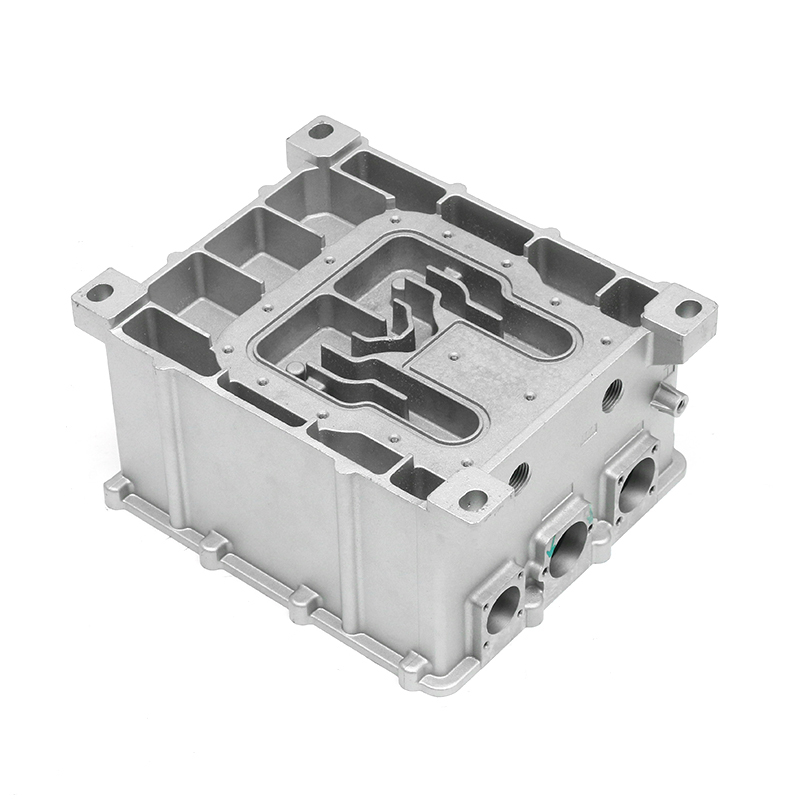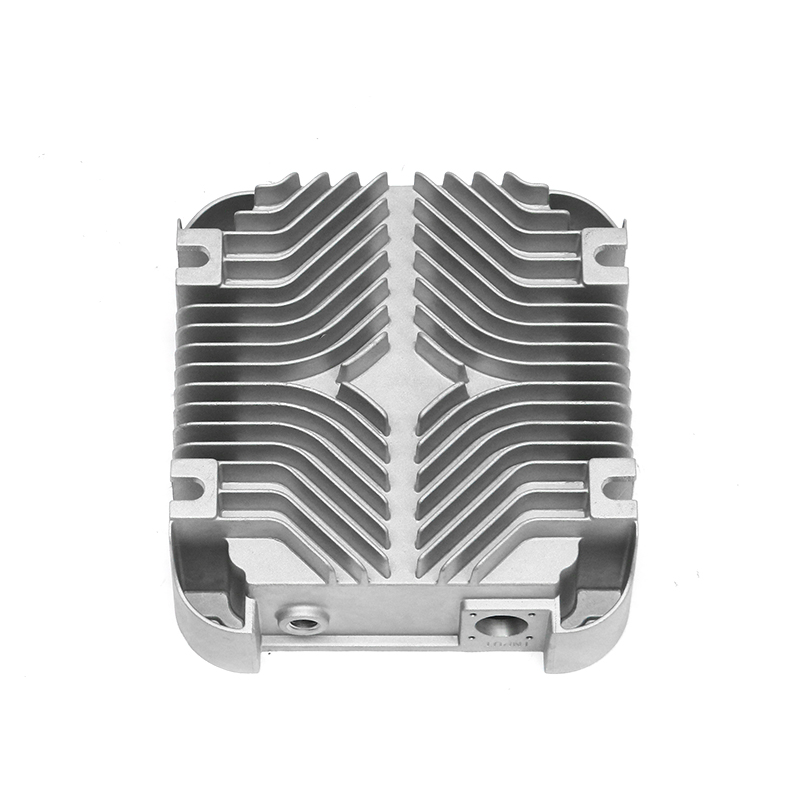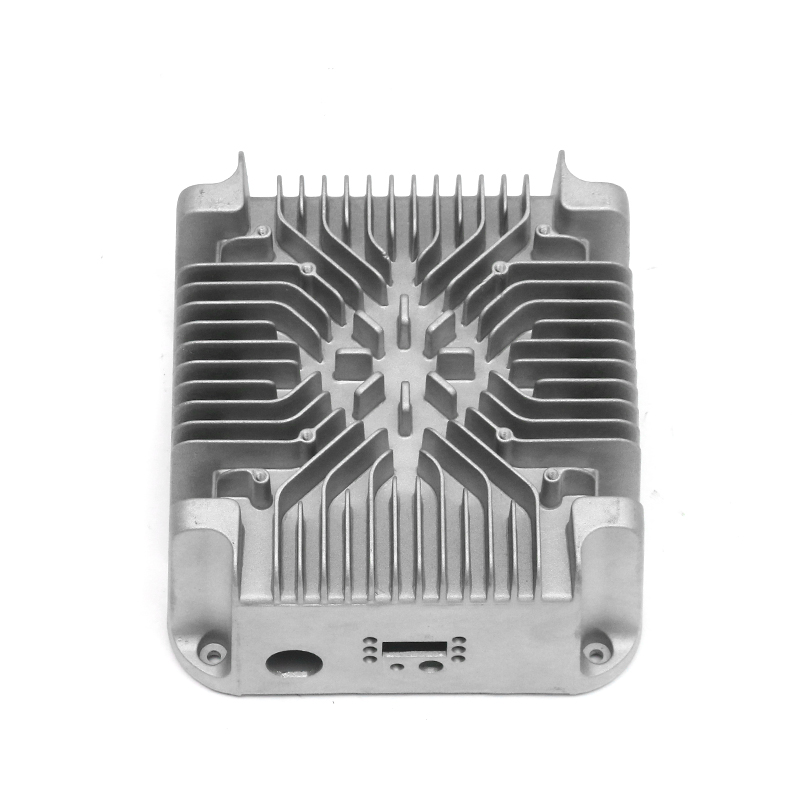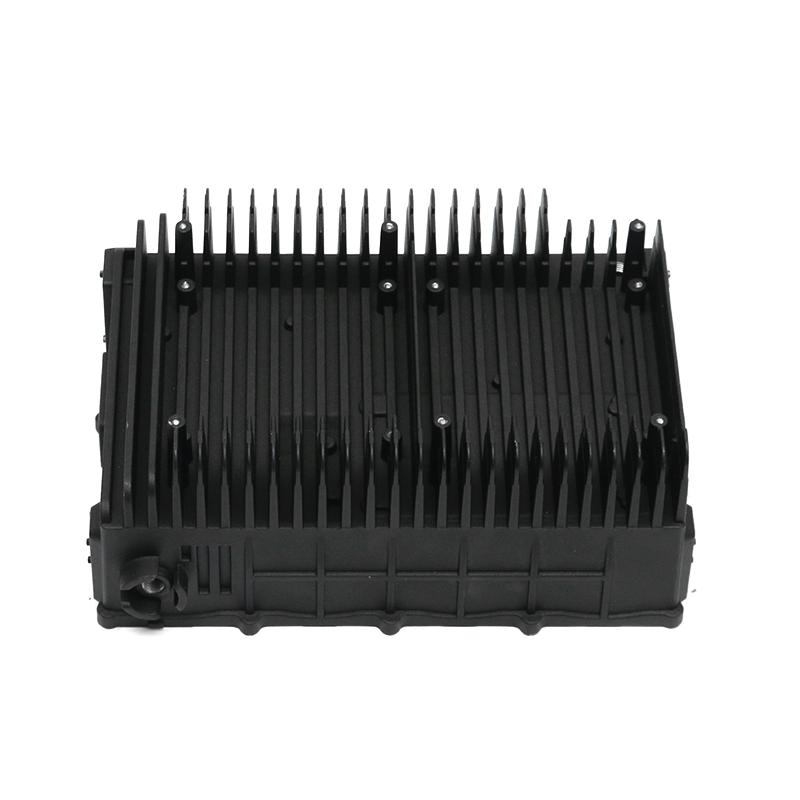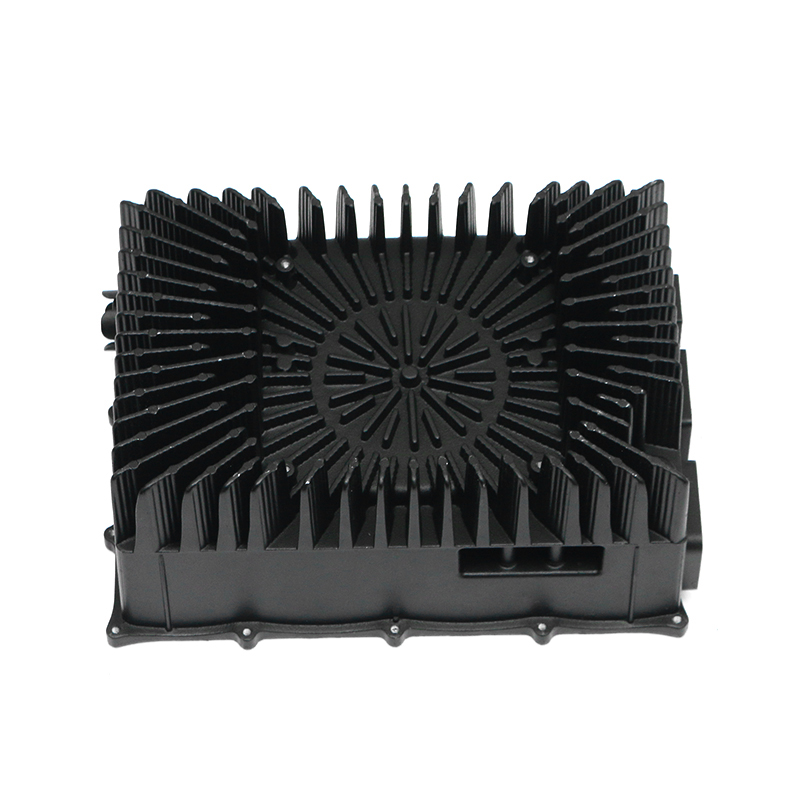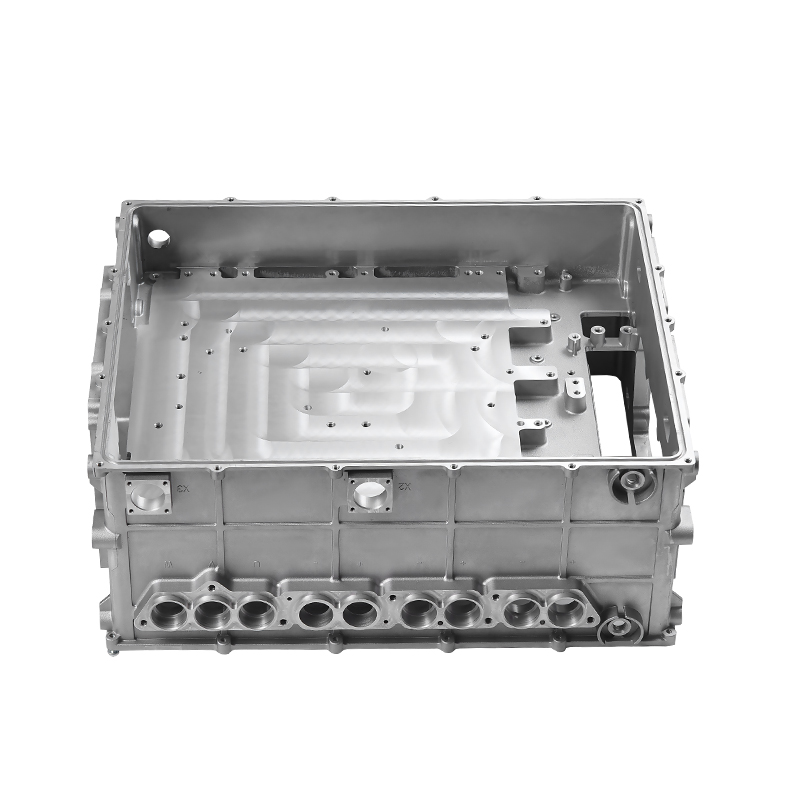The role of car water pump in cooling system
The car water pump is a key component in the cooling system. It is mainly responsible for circulating coolant, allowing the coolant to flow continuously between the engine and the radiator, and taking away the heat generated during the operation of the engine. The water pump provides power to transport the coolant to various parts that need to dissipate heat, so as to help maintain the engine within a reasonable operating temperature range and prevent damage to components or performance degradation caused by high temperature.
Driving mode of car water pump
The car water pump is usually driven by the engine, and the driving mode mainly includes two forms: belt drive and chain drive. In traditional internal combustion engines, most water pumps are driven by the engine crankshaft through a belt. As the engine speed changes, the speed of the water pump also changes, thereby adjusting the flow rate of the coolant. Electronic water pumps are also used in some models, which are driven separately by electric motors to more flexibly control the coolant flow and pressure and improve the working efficiency of the cooling system.
Coolant circulation path
When the water pump is working, the coolant is sucked from the bottom of the water tank or radiator, pressurized by the impeller of the pump body, and then transported to the water jacket of the engine cylinder block and cylinder head. The coolant circulates in the cylinder block and cylinder head, absorbing the heat generated when the engine is working. The heated coolant flows to the radiator, where it is cooled by air and then returns to the water pump, forming a continuous cycle to maintain the balance of the engine temperature.
Cooperative work of thermal control components
The thermostat plays an important control role in the process of the water pump pushing the coolant circulation. When the engine is just started or the temperature is low, the thermostat is in the closed state, and the coolant circulates in the engine in a small cycle, allowing the engine to quickly heat up to the normal operating temperature. When the temperature rises to the set value, the thermostat opens, the large cycle begins, and the coolant flows through the radiator to cool down, and then is pushed back to the engine by the water pump. This process ensures that the engine can maintain a suitable temperature under different working conditions.
Adjustment of coolant flow rate
The flow rate of a mechanical water pump mainly depends on the engine speed. The higher the speed, the faster the flow rate, and the lower the speed, the slower the flow rate. This method has a simple structure, but low adjustment flexibility. Some models are equipped with electronic water pumps, which can accurately adjust the coolant flow rate and pressure through the control unit according to the engine load, temperature and other working conditions to improve the efficiency of the cooling system and reduce energy consumption. This design is more suitable for models with higher energy-saving requirements or more complex engine thermal management.
Heat dissipation auxiliary function of water pump
In addition to the basic circulation function, the water pump also assists the cooling system to realize the coolant flow of components such as radiator fans and heater tanks. In winter, the coolant passes through the heater tank to transfer heat to the car compartment to provide warm air for the car. The water pump ensures the flow of coolant between all heat dissipation and heating components to ensure that the temperature of the engine and passenger compartment is appropriate.
Impact of faults on the cooling process
If the water pump fails, such as impeller wear, bearing damage or seal failure, it will cause the coolant circulation to be blocked, which will cause the engine to overheat. When the coolant flow rate slows down or stagnates, the heat cannot be taken away in time, and the abnormal temperature increase may cause problems such as cylinder head deformation and cylinder gasket burning. Therefore, the normal operation of the water pump is crucial to the overall function of the cooling system.
The coordination between the water pump and other components of the cooling system
The water pump is not an isolated component. It works closely with the radiator, thermostat, coolant pipeline, expansion tank, etc. As a whole, the cooling system relies on the water pump to provide power to ensure the circulation of the coolant. At the same time, it releases heat through the radiator, adjusts the flow direction through the thermostat, and maintains pressure balance through the water tank, which together constitute a complete engine thermal management system.
Performance of the water pump under special working conditions
Under the conditions of long-term high-load operation, high temperature environment or frequent start-stop, the workload of the water pump increases, and the coolant circulation requirements are higher. Efficient water pump design and reasonable coolant flow path layout help to ensure normal engine heat dissipation under these conditions and reduce thermal fatigue and overheating.
